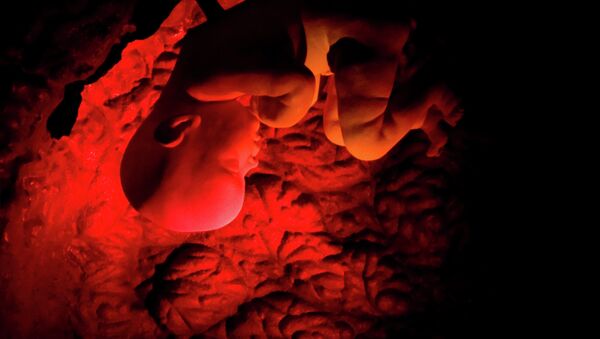Life. What exactly is it? Why does it exist? Why are living things the way they are? How do animals and plants are able to create more animals and plants? Herbert W. Boyer once said:
“Wonder is what sets us apart from other life forms. No other species wonders about the meaning of existence or the complexity of the universe or themselves.”
One, however, does not have to answer these questions to be able to alter life. In fact, humanity’s engagement in manipulating living things, shaping them into what we want, and not what they are, began thousands of years ago. You are most likely familiar with natural selection – survival of the fittest. Offspring are not direct copies of parents – they have varying traits, some of them beneficial, others – not so much. Not every offspring survives, but those who do are likely to pass on their traits to their progeny. Thus the most beneficial traits are passed along generations, as nature “selects” them.
What humans started doing is called artificial selection – we began bending nature to our will, changing species to be more useful to us – not necessarily to them. The first animal humans have artificially bred is believed to be the dog, as fossil evidence suggests the process began around 12,000 BC. Wolves were – and still are – fierce animals, known for their efficient hunting techniques. Early humans saw the opportunity in befriending such an ally and took it, taming some wolves and breeding them into what eventually became dogs. Other animals and plants were similarly bred – livestock provided a docile source of meat, milk, fur and wool; plants were selected to provide safer, better tasting and more nutrient sustenance.
But is it that determines these hereditary traits in living things? The short answer is genes. A gene, simply put, is a piece of biological information which tells living things how to develop.
Gregor Mendel is considered to be the “Father of Genetics”. In 1866 he wrote, after tracing inheritance patterns in pea plants:
“So far as experience goes, we find it in every case confirmed that constant progeny can only be formed when the egg cells and the fertilizing pollen are of like character, so that both are provided with the material for creating quite similar individuals, as is the case with the normal fertilization of pure species. We must therefore regard it as certain that exactly similar factors must be at work also in the production of the constant forms in the hybrid plants.”
At the time, Mendel’s work went largely unnoticed until 1900, when his findings were “rediscovered” by a number of scientists: Hugo de Vries, Carl Correns and Erich von Tschermak. By 1915 the basic principles of Mendelian genetics rose to popularity and by 1925 the ‘Mendelian model’ became widely accepted.
But it wasn’t until later when scientists finally understood, what a gene is. In 1928 Frederick Griffith has paved the way to finding out how genetic information was passed on by proving the existence of “transforming principle”. In 1944 Avery, MacLeod and McCarty later (1944) identified as DNA as the portion of chromosomes that held genes. The central dogma was developed, stating that genes code for proteins. Finally, in 1970s sufficient tools to manipulate genes on an unprecedented allowed direct transfer of DNA from one living thing to another, thus giving birth to genetic engineering.

